From AI to biotechnology: closely connected to the business world, Germany’s non-university research institutions are setting global standards.
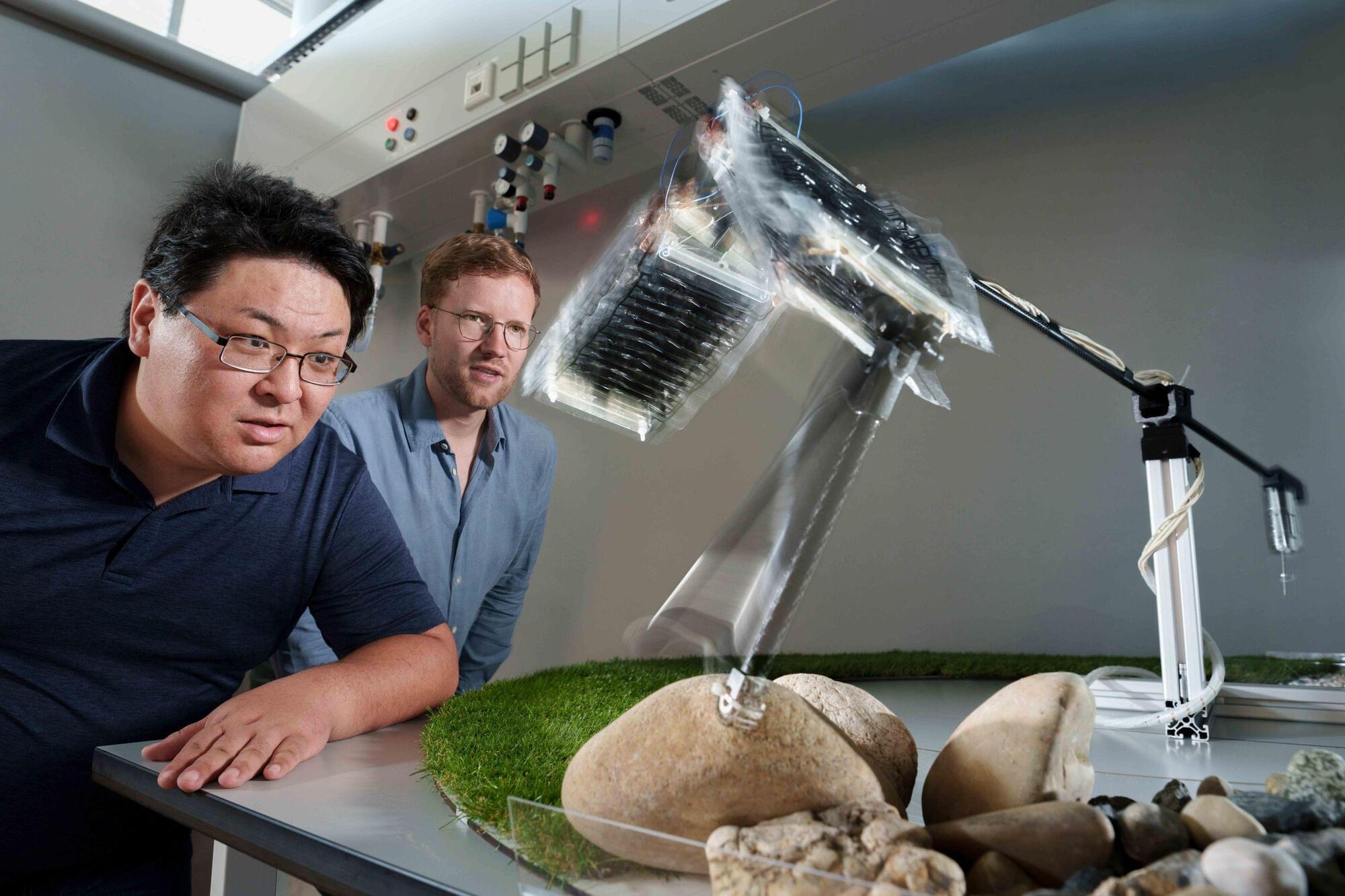

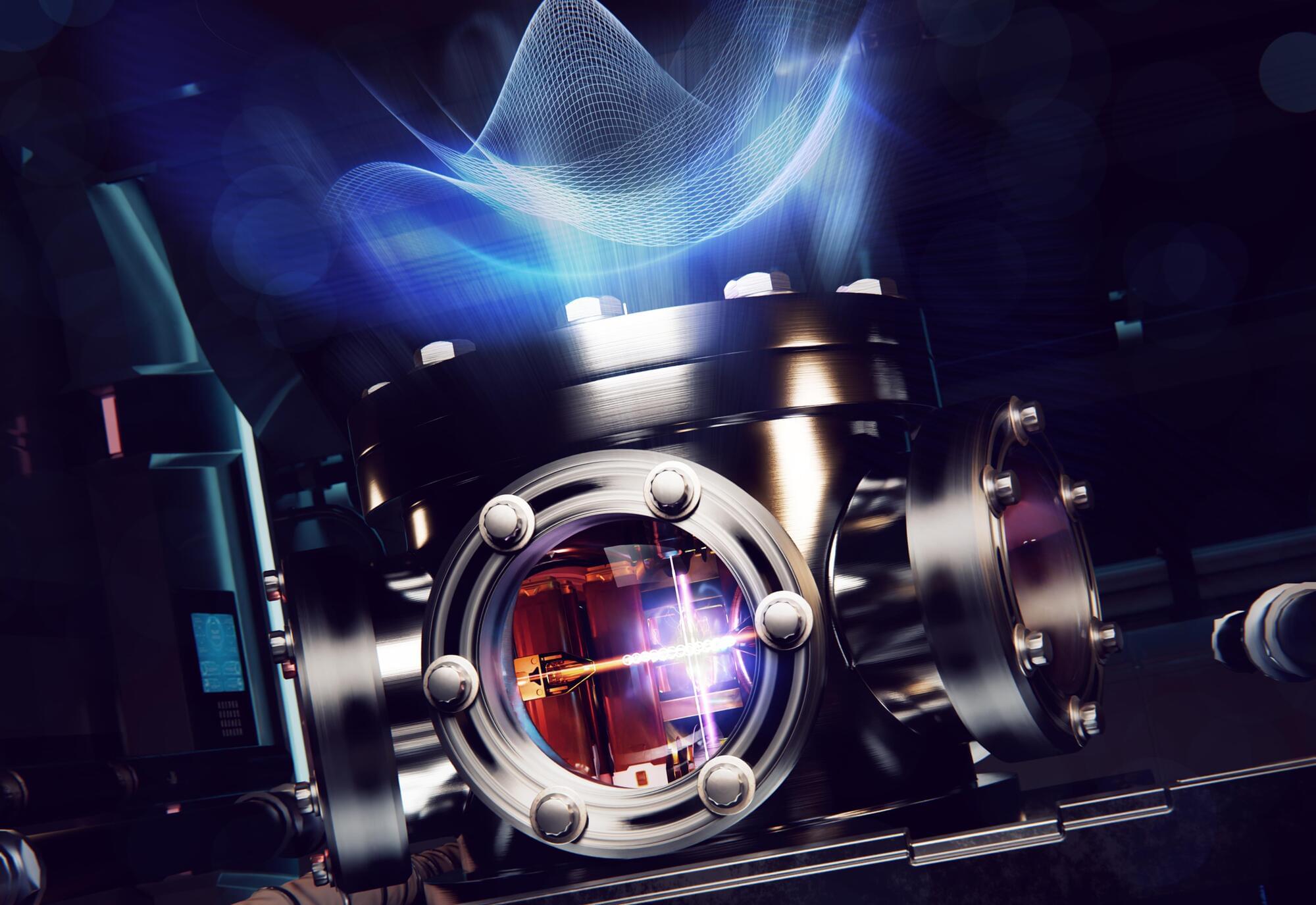
Researchers at the University of Sydney have successfully performed a quantum simulation of chemical dynamics with real molecules for the first time, marking a significant milestone in the application of quantum computing to chemistry and medicine.
Understanding in real time how atoms interact to form new compounds or interact with light has long been expected as a potential application of quantum technology. Now, quantum chemist Professor Ivan Kassal and Physics Horizon Fellow Dr Tingrei Tan, have shown it is possible using a quantum machine at the University of Sydney.
The innovative work leverages a novel, highly resource-efficient encoding scheme implemented on a trapped-ion quantum computer in the University of Sydney Nanoscience Hub, with implications that could help transform medicine, energy and materials science.
University of Sydney scientists have made a big step towards future design of treatments for skin cancer or improved sunscreen by modelling photoactive chemical dynamics with a quantum computer.
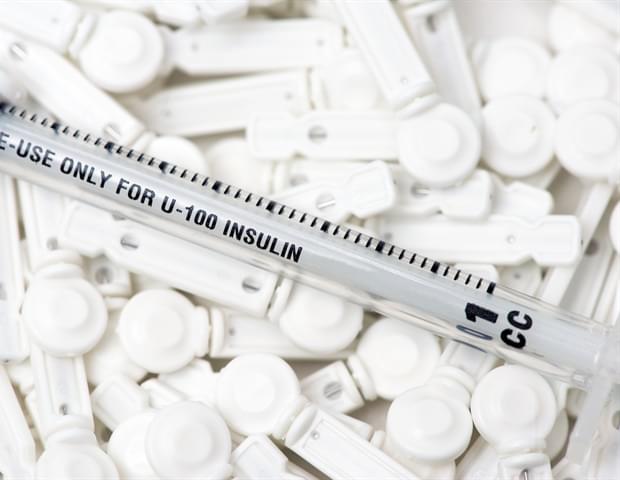
Diabetes is a very prevalent disease that, unfortunately, still has no treatment. People with diabetes need to monitor their blood glucose levels (BGLs) regularly and administer insulin to keep them in check. In almost all cases, BGL measurements involve drawing blood from a fingertip through a finger prick. Since this procedure is painful, less invasive alternatives that leverage modern electronics are being actively researched worldwide.
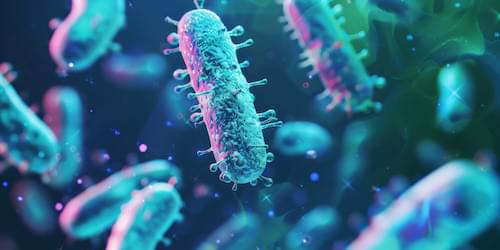
A biophysical model sheds light on how the subtle interplay of fluid dynamics and bacterial growth controls the fluctuating population of microbes in the human gut.
The human body harbors large numbers of bacteria—about as many as human cells—most of which are located in the gut, mainly in the colon. Together, diverse microorganisms including multiple species and strains of bacteria constitute the gut microbiota, which is thought to play a central role in human health, affecting the immune response and the progression of different diseases. However, despite a vast body of microbiota studies based on gene sequencing and on experiments with animal models, the dynamics of microbial populations in the human gut remain poorly understood. Alinaghi Salari of the University of Toronto and James Cremer of Stanford University have now proposed a biophysical model of the gut environment that incorporates a broad set of features of the human large intestine [1].
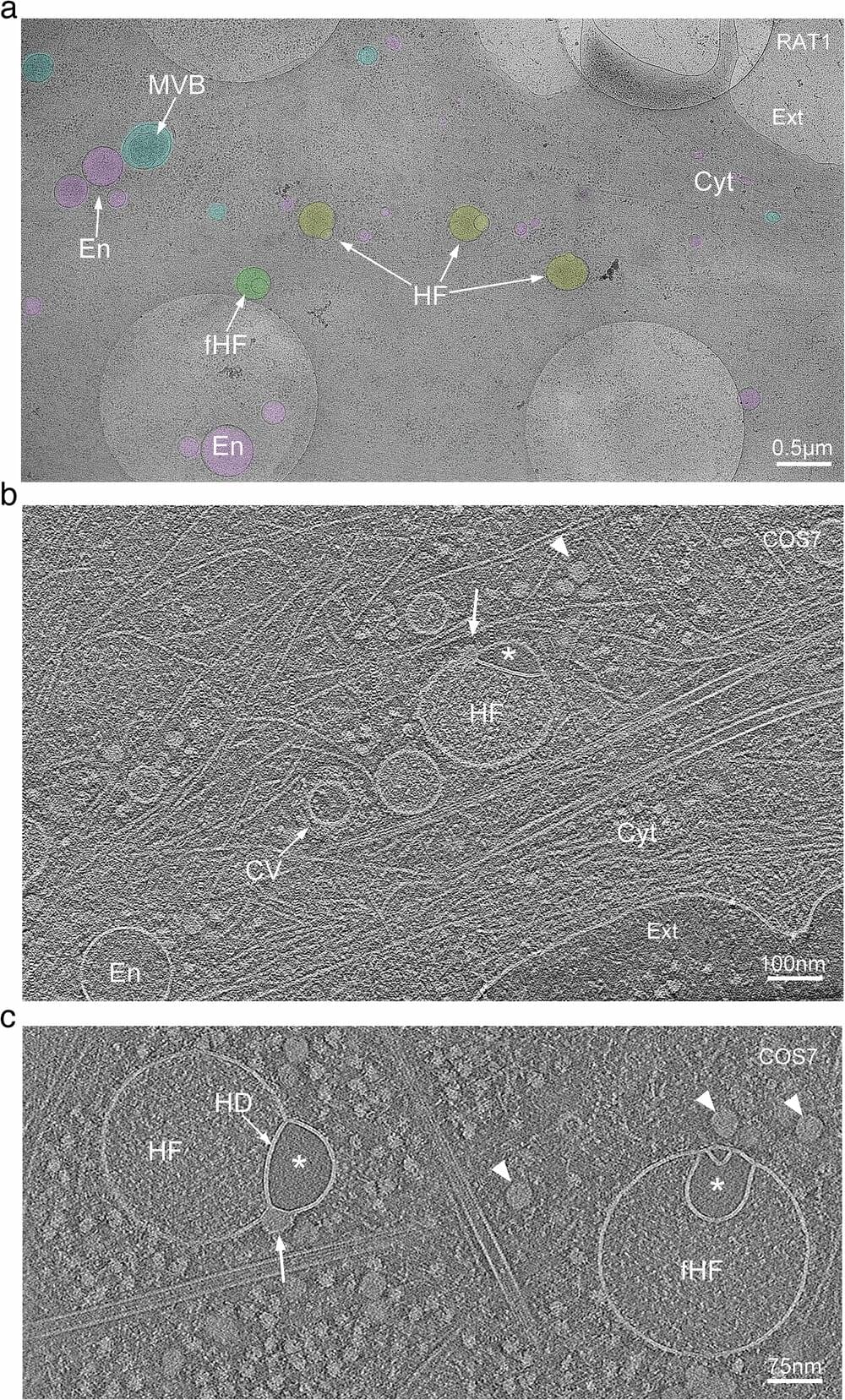
The discovery of an unknown organelle inside our cells could open the door to new treatments for devastating inherited diseases.
The organelle, a type of specialized structure, has been dubbed a “hemifusome” by its discoverers at the University of Virginia School of Medicine and the National Institutes of Health. This little organelle has a big job helping our cells sort, recycle and discard important cargo within themselves, the scientists say. The new discovery could help scientists better understand what goes wrong in genetic conditions that disrupt these essential housekeeping functions.
“This is like discovering a new recycling center inside the cell,” said researcher Seham Ebrahim, Ph.D., of UVA’s Department of Molecular Physiology and Biological Physics. “We think the hemifusome helps manage how cells package and process material, and when this goes wrong, it may contribute to diseases that affect many systems in the body.”
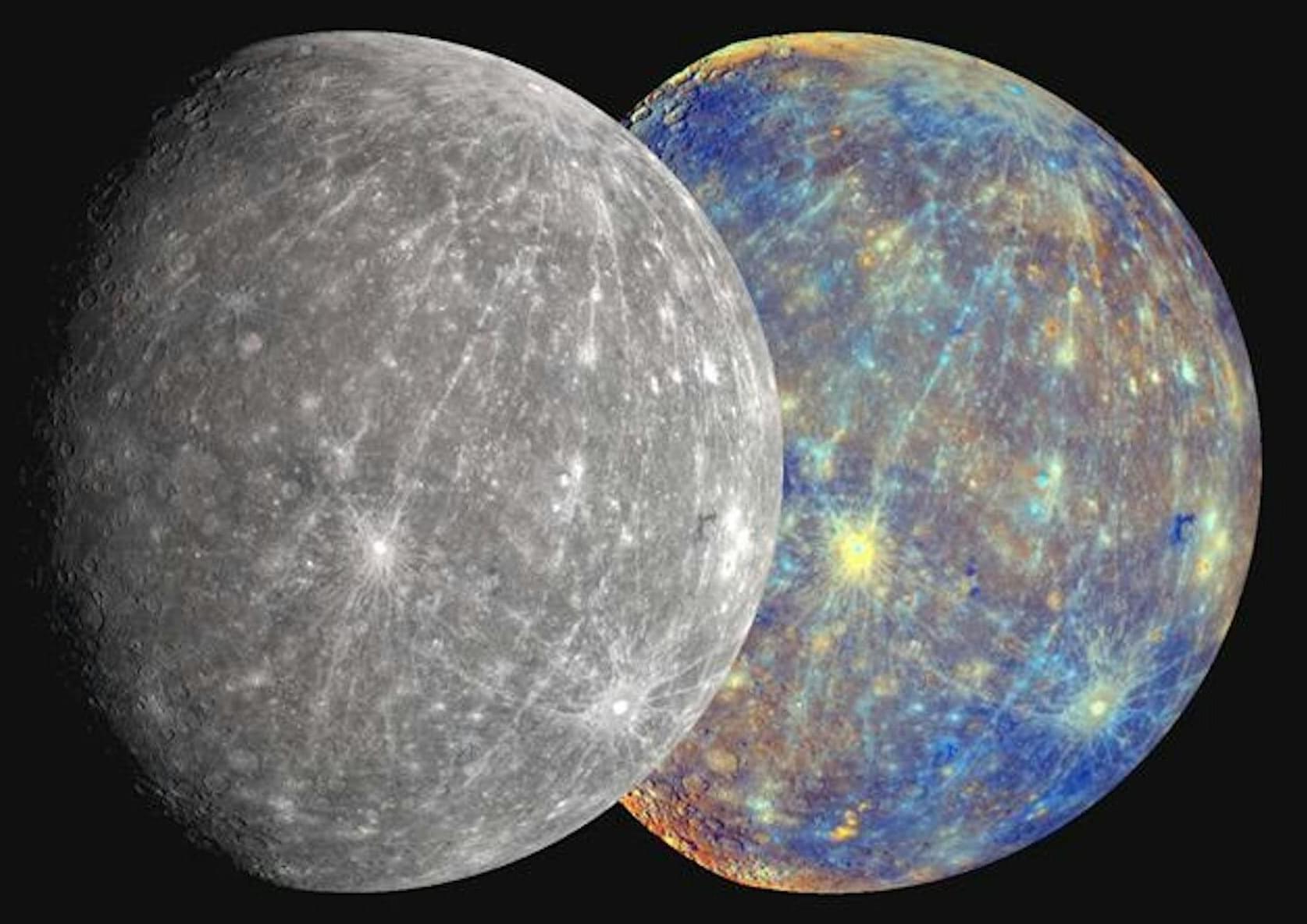
Most meteorites that have reached Earth come from the asteroid belt between Mars and Jupiter. But we have 1,000 or so meteorites that come from the moon and Mars. This is probably a result of asteroids hitting their surfaces and ejecting material toward our planet.
It should also be physically possible for such debris to reach the Earth from Mercury, another nearby rocky body. But so far, none have been confirmed to come from there—presenting a longstanding mystery.
A new study that my colleagues and I conducted has discovered two meteorites that could have a Mercurian origin. If confirmed, they would offer a rare window into Mercury’s formation and evolution, potentially reshaping our understanding of the planet nearest the sun. Our work is published in the journal Icarus.
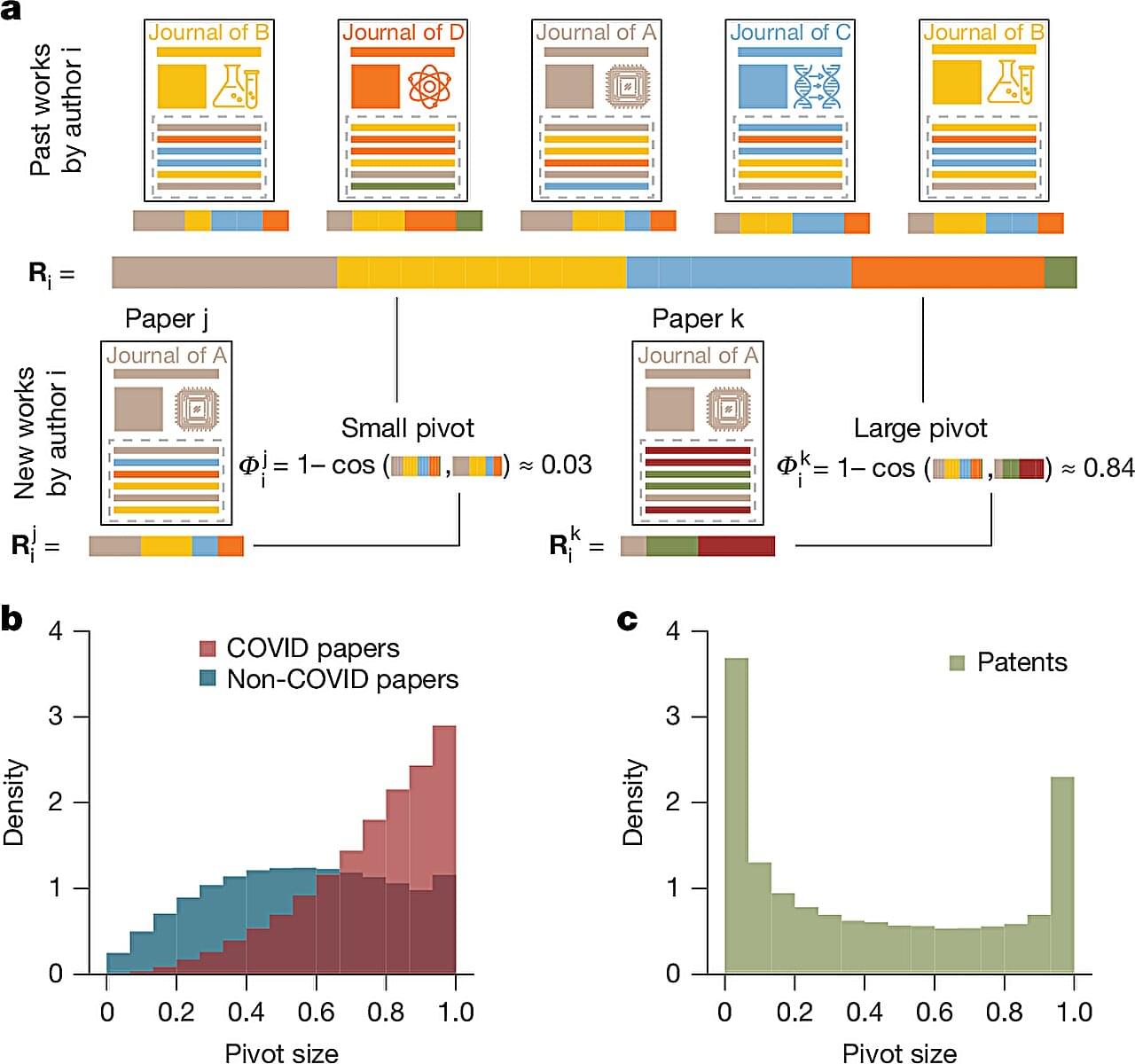
In 2020, Yian Yin teamed up with economists at Northwestern University to look at the impact of researchers who had shifted their focus to study the COVID pandemic. He saw that these researchers faced a “pivot penalty”—their COVID-related work received less attention than previous contributions in their old field—and the greater the pivot, the worse the penalty.
As Yin and his colleagues continued their analyses, however, they discovered the pivot penalty wasn’t just a side effect of the pandemic. It occurred any time a scientist, inventor, or organization struck out in a new direction instead of staying in their lane.
“This is really a universal pattern that appears very widespread across science and technology—across different fields, research outcomes, career stages, and team sizes,” said Yin, who was then a research fellow at Northwestern, and is now an assistant professor of information science in the Cornell Ann S. Bowers College of Computing and Information Science.
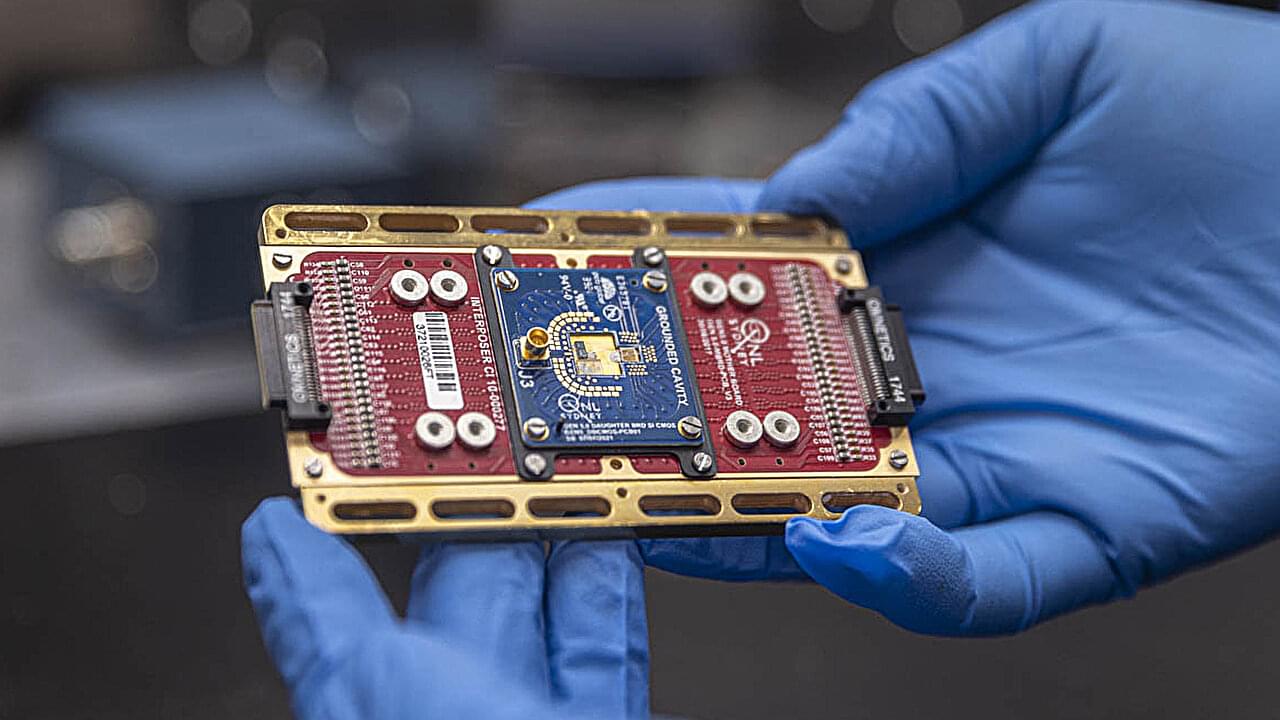
Developing technology that allows quantum information to be both stable and accessible is a critical challenge in the development of useful quantum computers that operate at scale. Research published in the journal Nature provides a pathway for scaling the number of quantum transistors (known as qubits) on a chip from current numbers under 100 to the millions needed to make quantum computation a practical reality. The result is enabled by new cryogenic control electronics that operate at close to absolute zero, developed at the University of Sydney.
Lead researcher Professor David Reilly from the University of Sydney Nano Institute and School of Physics said, “This will take us from the realm of quantum computers being fascinating laboratory machines to the stage where we can start discovering the real-world problems that these devices can solve for humanity.”
The paper is the result of industry cooperation between the University of Sydney and the University of New South Wales through the respective quantum tech spin-out companies Emergence Quantum and Diraq. Professor Reilly’s company, Emergence Quantum, was established this year to commercialize quantum control technologies and other advanced electronics like the chip presented in this Nature paper.
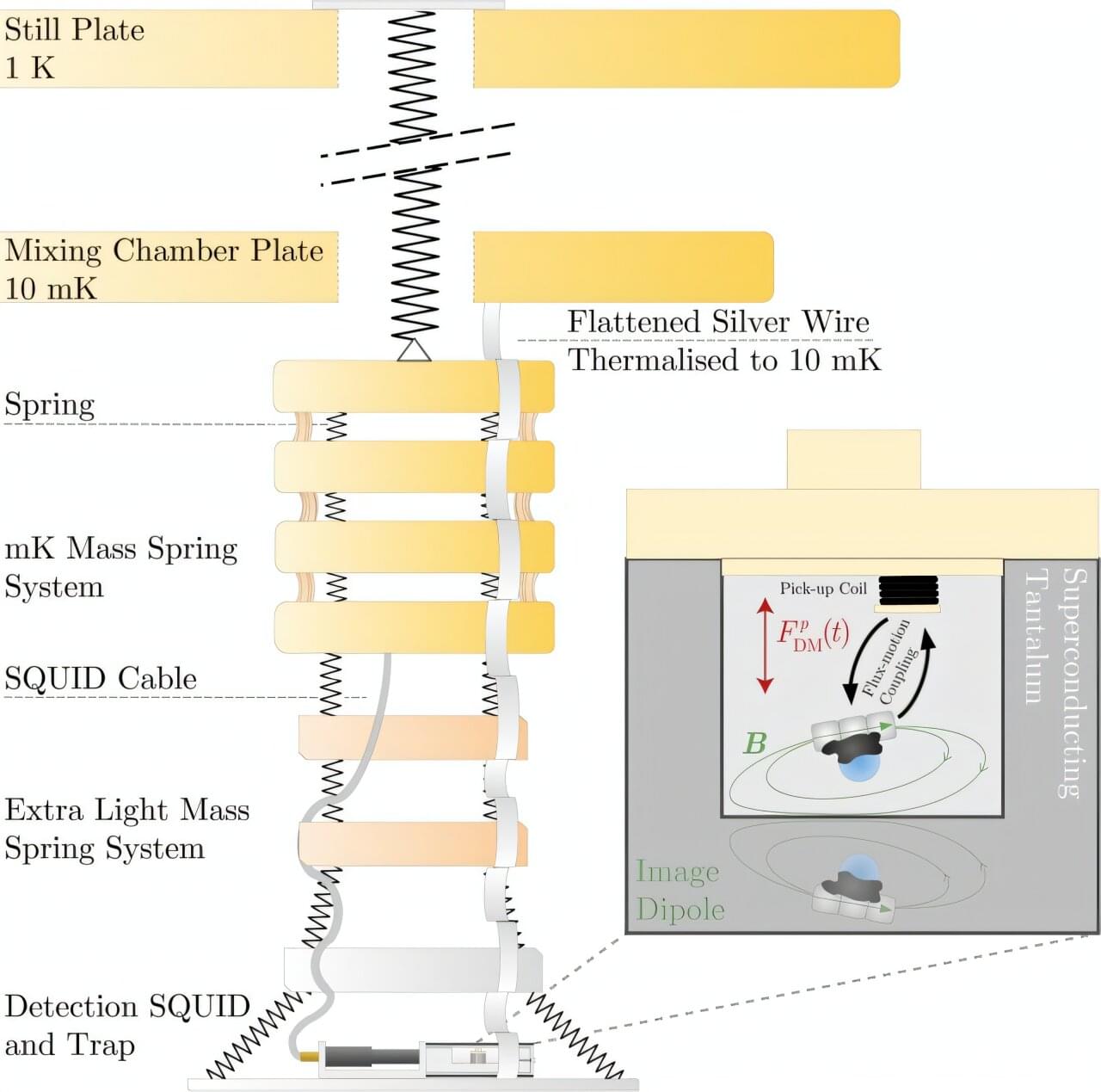
Dark matter, although not visible, is believed to make up most of the total mass of the universe. One theory suggests that ultralight dark matter behaves like a continuous wave, which could exert rhythmic forces that are detectable only with ultra-sensitive quantum instrumentation.
New research published in Physical Review Letters and led by Rice University physicist Christopher Tunnell and postdoctoral researcher Dorian Amaral, the study’s first author and lead analyst, sees the first direct search for ultralight dark matter using a magnetically levitated particle.
In collaboration with physicists from Leiden University, the team suspended a microscopic neodymium magnet inside a superconducting enclosure cooled to near absolute zero. The setup was designed to detect subtle oscillations believed to be caused by dark matter waves moving through Earth.
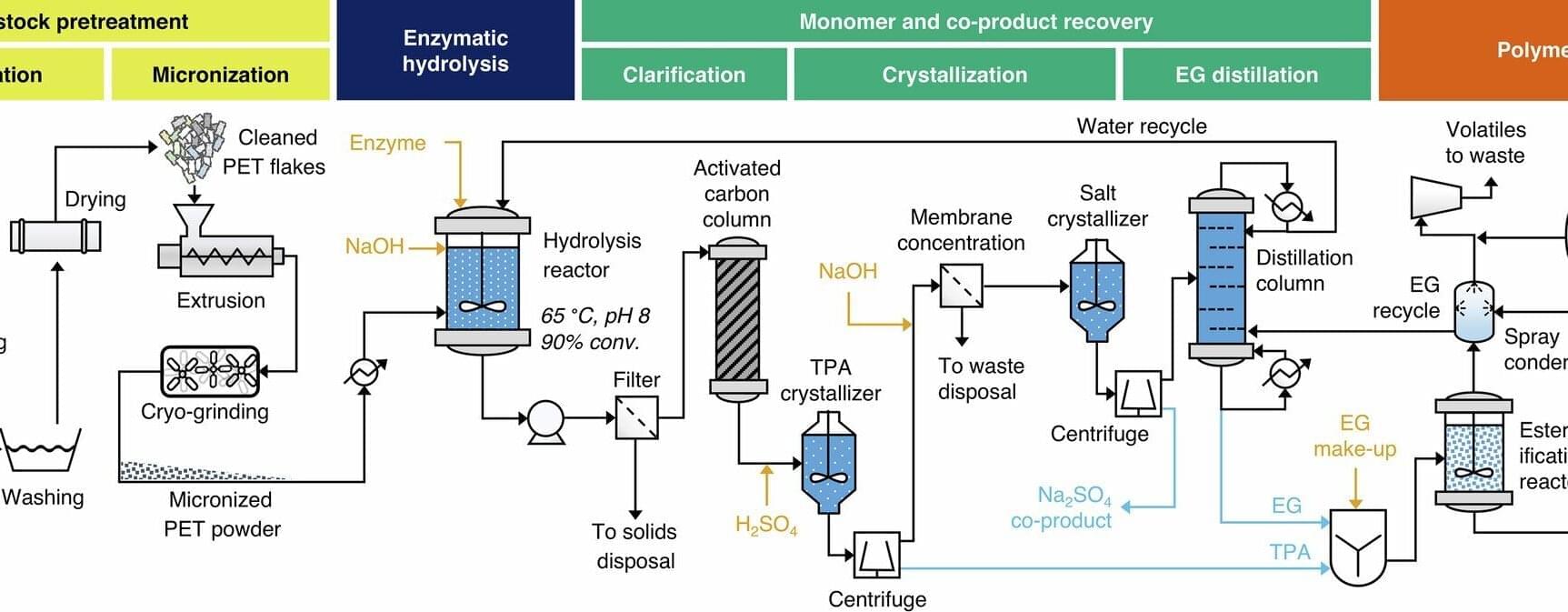
A successful collaboration involving a trio of research institutions has yielded a roadmap toward an economically viable process for using enzymes to recycle plastics.
The researchers, from the National Renewable Energy Laboratory (NREL), the University of Massachusetts Lowell, and the University of Portsmouth in England, previously partnered on the biological engineering of improved PETase enzymes that can break down polyethylene terephthalate (PET). With its low manufacturing cost and excellent material properties, PET is used extensively in single-use packaging, soda bottles, and textiles.
The new study, published in Nature Chemical Engineering, combines previous fundamental research with advanced chemical engineering, process development, and techno-economic analysis to lay the blueprints for enzyme-based PET recycling at an industrial scale.